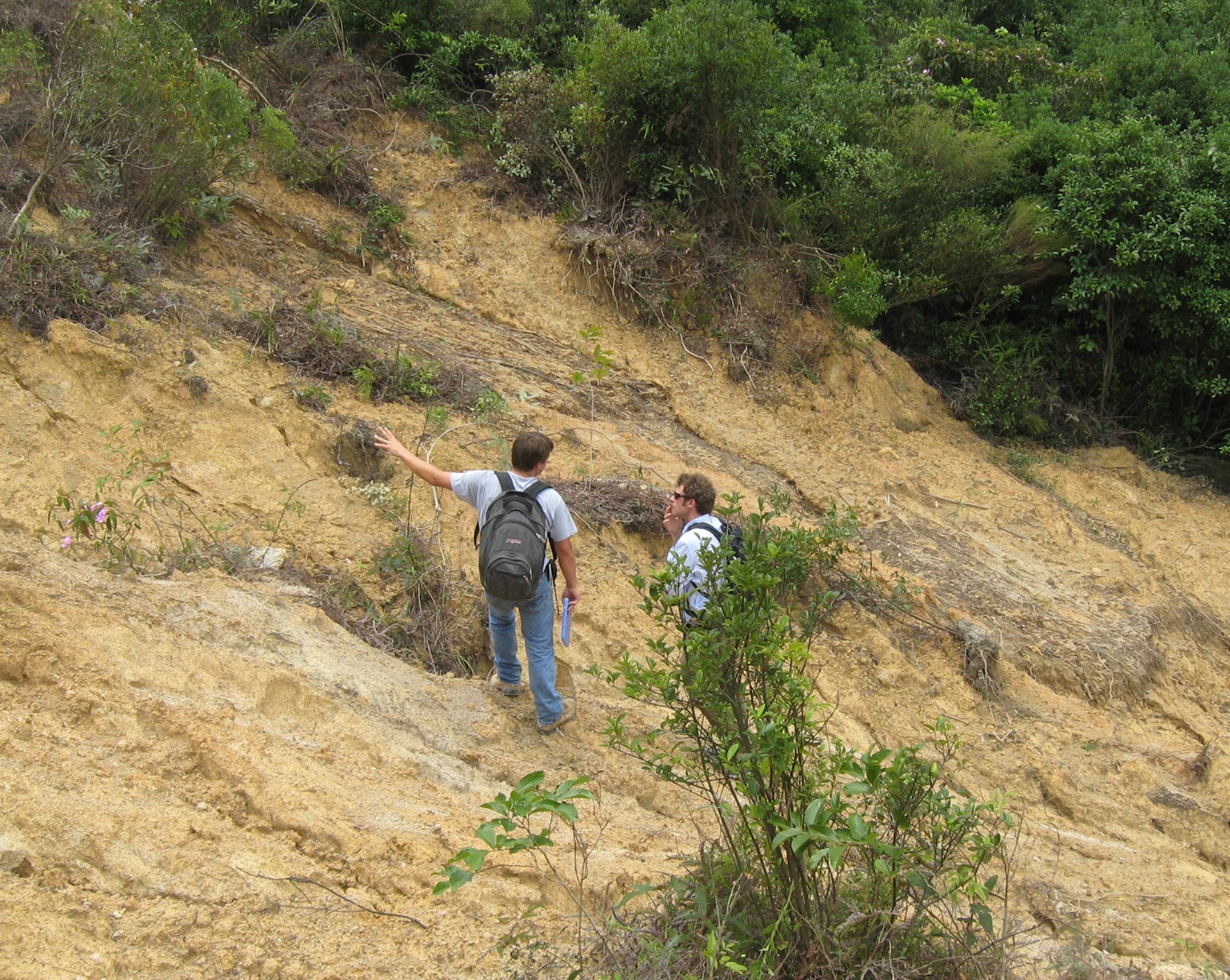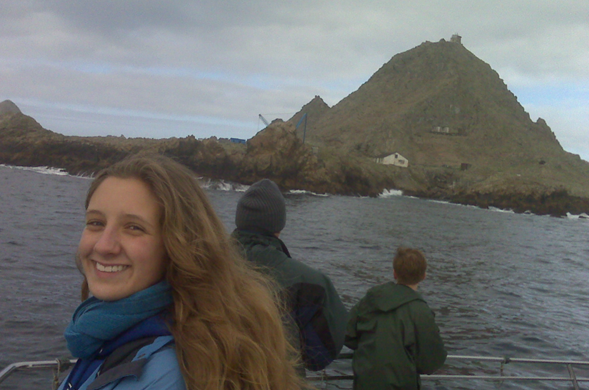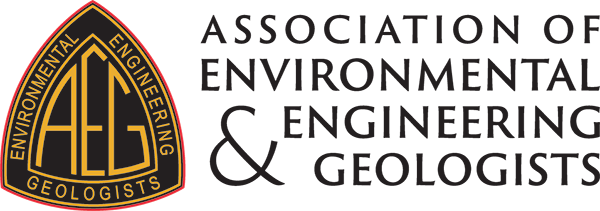(by William Godwin)
Being stuck inside doing research, managing projects or conducting online conferences can fulfill your job requirements or get you a promotion. However, if you are like me, you went into geology to be able to get outdoors, get some exercise and see geologic processes firsthand. The outdoors, whether in the high plains of Nebraska, the coastal plains of North Carolina or the cinder cones of central Oregon is a geologist’s laboratory. No need for a white lab coat!

Lantau Island, Hong Kong, 2008
Geology is an observational applied science. Evaluating landforms, especially those in dynamic environments is key to our understanding of the world we live in. How about taking someone else with you next time to share in the experience? Being outside is great for your mental health and being there to instruct or share it with someone else is beneficial for you both.
If this person is a family member, then they can see what you do or where you go when you leave home each day. If they are a generation or more younger than you, then it is rewarding being able to teach them something new and maybe inspire them to follow in your footsteps. If they come from an urban environment or a disadvantaged place, tagging along does not take much effort or money to do so and exposes them to a different perspective.

Farrallon Islands, 2009
Talk to your employer and see if you can take a student onto a jobsite to observe what you do. It may require having them sign a waiver or have you take responsibility for their actions and safety. Teaching them the basics of using field gear and Personal Protective Equipment (PPE) such as sturdy boots and hard hat safety glasses is essential to show how we address hazards that most people don't plan for. Also show them that getting dirty hiking down in a swale and sweating while climbing up a slope is as fun as it sounds.
Drawing a map (whether by hand or a handheld electronic device) is a way to show how various features (seen or unseen) can be depicted in a 2D or 3D setting. Going outside during bad weather, while unpleasant, can also be a great opportunity to show how erosion (water or wind) impacts soils, slopes and the built environment. It is not possible to predict an earthquake or landslide occurring and see firsthand what happens, but there could be an opportunity to visit a site soon after an event to show the process. Teaching the temporal (time) element of geology is very difficult. The best place to experience and talk about this is going to the beach or a rocky shoreline and focus on wave action and comments on offshore rocks and sea stacks.
Recording field visits by using a field book, tablet, camera and sketchbook is essential. Comparing what information is important to a field novice vs a seasoned veteran is fun and instructive. Working in discussion of the scientific method is also a key element of exposing one to geology. Doing some simple research, talking ahead of time what we will look for during our visit, recording our observations and building our model, testing the hypothesis are all skills geologists need.

Oroville Spillway, 2017
Probably the most important thing to do in the field is to ask questions. Something as simple as "why is that hill where it is?" or "How come there are no houses built over there?" allow for some good discussion. Take the field visit to a level of investigation focusing on forensics. Putting together pieces of the puzzle. Coming up with different stories.
Taking a student or friend into the field can be a great learning experience for all involved. Real-world experience is essential and valuable in growing and inspiring the up and coming geologists of the world.
